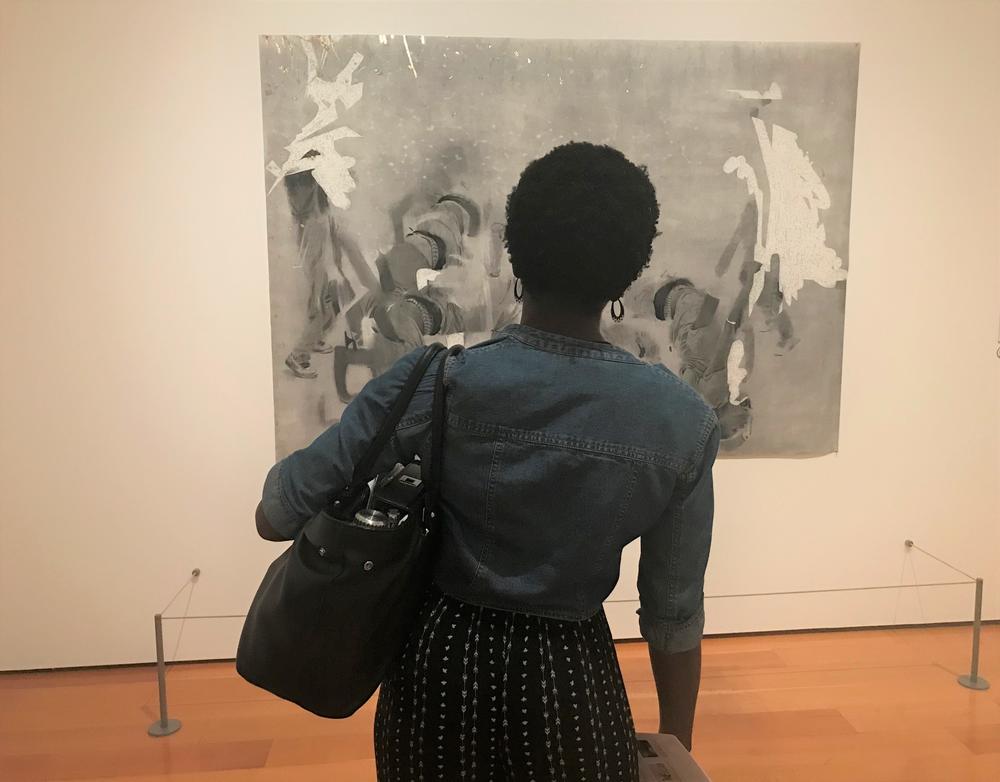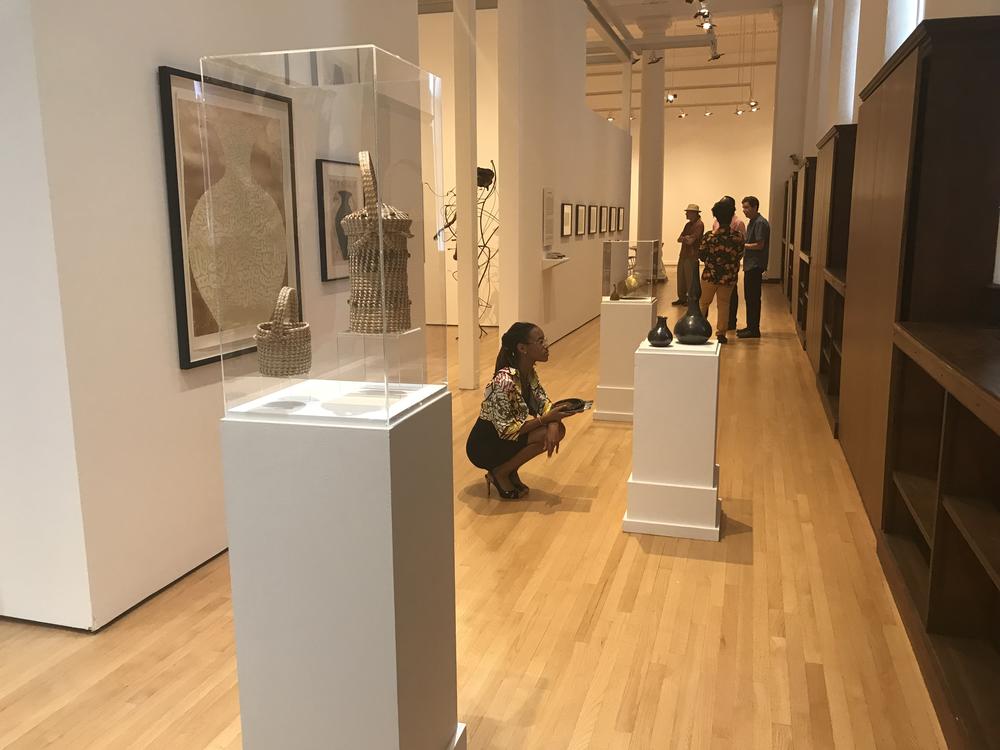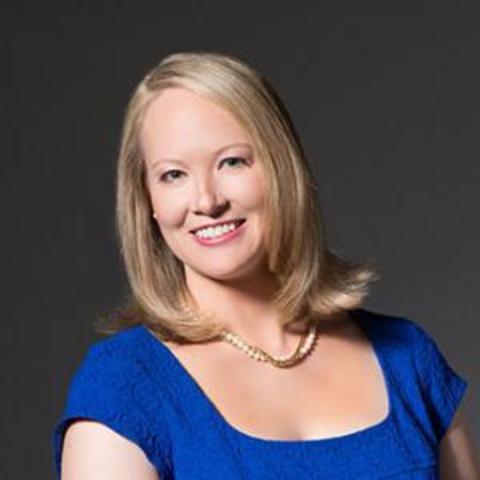Section Branding
Header Content
Atlanta HBCUs Train Next Generation Of African American Art Curators
Primary Content
If you go into an art museum in North America, chances are the staff, the curators and the directors are going to be white.
In 2015, an Andrew W. Mellon Foundation study found 72% of the staff of museums belonging to the Association of Art Museum Directors was non-Hispanic white.
Now, the Atlanta University Center wants to train the next generation of African American art historians and museum curators.
Starting this fall, students at Spelman and Morehouse Colleges and Clark Atlanta University are studying new degrees to do just that.
Cheryl Finley is an art historian and the director of the new AUC collective for the Study of Art History and Curatorial Studies. GPB's Rickey Bevington interviewed her about the new program and its mission.
This conversation has been edited for clarity and conciseness.
Rickey Bevington: Let's talk about that statistic from the Andrew W. Mellon Foundation. What comes to mind for you when you hear that most people working in museums today come from one racial group?
Cheryl Finley: It makes me think that kind of representation when one enters a museum is not necessarily going to be welcoming to the vastly growing and more diverse population that is present and living in this country today. [Like for] people who wish to go to art museums and who do go to art museums, it's not really going to provide a welcoming context for them.
Bevington: How do you define welcoming and what would be unwelcome versus welcoming?
Finley: Being able to see someone in positions of power and influence that look like you. If I could use myself as an example, prior to going to graduate school to earn my PhD in Art History and African American studies at Yale University, I was working in the art world as an art appraiser. I worked for myself, and I also consulted with other appraisers.
I often found that I was the only woman of color in the auction room, in the art world, in the art museums and working with people who were having their collections of art appraised. That was something that was really troubling to me.
Bevington: What is going to be different about an art history class in this program that you're running versus any other art history class in the United States?
Finley: There are a number of differences, and I think the one that I would point out is the location of where we are, not only where we are physically in the city of Atlanta, [but] where we are in the country today, where we are today globally speaking and where we are in the history of art.
If we look at the historic Atlanta University Center, Hale Woodruff, the renowned muralist, educator and curator, together with Nancy Elizabeth Prophet, also an artist in her own right, established the Clark Atlanta art departments. Hale Woodruff also established the Atlanta University Annuals. These were painting exhibitions that invited black artists from around the country to exhibit their work at a time when it wasn't possible at all for black artists to exhibit their works.
So when we think about the time period that I'm discussing, it was in 1931 that Woodruff and Prophet established the art departments at the Atlanta University Center institutions. Not only does this talk about a long history that's situated in educating black people at HBCUs in the nation, but it also talks about a long history of art and a long history of art that relates to the moment that we're trying to address.
This is a moment of exclusion. [It's a] moment where we're trying to not only diversify the art world and the museum professions but also to think about what this means as what I would call a project of social justice.
RELATED: Music Executive Brings A New Kind Of Influence To Atlanta's High Museum
Bevington: This fall is the very first semester. Can you share with me just what some of the feedback you've gotten from students what are they saying?
Finley: The students are so excited. There's some students who our are in our program that have transferred from other institutions because they have friends who are at Spelman or at Morehouse or at Clark Atlanta, and they know those students are already studying art history and curatorial studies.
We have students who have actually decided to extend their stay because they want to complete a degree in art history. We have students who are in the sciences, in chemistry who came with us to a program at Emory University on conservation.
So we're really drawing interdisciplinarily from students across the campus, students, of course, in the Department of Art and Visual Culture, students in chemistry and students in the social justice scholars program.
There's a really, really huge response to what we're doing.
Correction: A previous version of this article misidentfied the year the Andrew W. Mellon Foundation study was published as 2016. The study was published in 2015.



